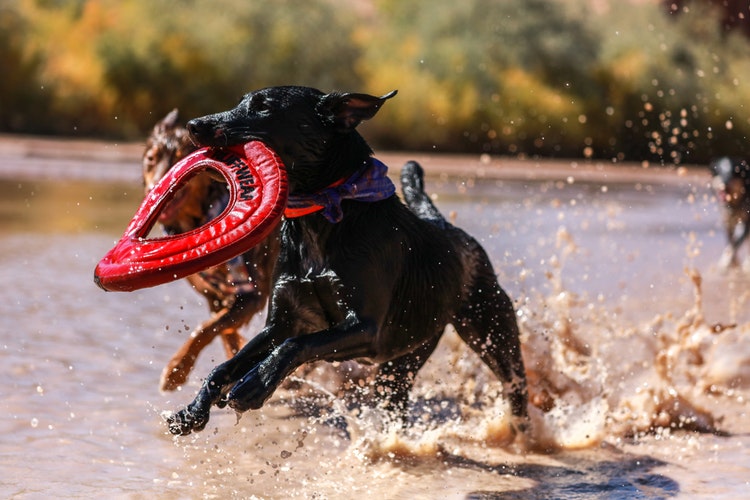Observe These 10 Food Rules to Make Your Dog Happy
There are no specific feeding methods for pets. However, different feeds have unique implications for the pet. Even claim, and well-behaved dogs can be very aggressive when it comes to feeding. Dogs love food – it’s their natural instinct to search for food. Hence, dogs can and will eat anything edible that comes their way. However, the wrong food causes health complications, and some of them may be chronic or very fatal.
- Self-centric nature
When it comes to matters of food, dogs can be very possessive. They have a “that’s mine” attitude and hence can be challenging and unwise to feed an insatiable young dog beside an older one. This situation may lead to an aggressive altercation as the young one will quickly finish up its dish and hoop to gobble up the senior’s plate too. The elder may object, and this may cause a shuffle, or if the elder one allows this often, one of them will even turn obese will the other will be emaciated.
Some dogs can be very protective of their meal, and this is only a natural instinct.
- Repercussions of Free-Feeding
Dogs will do anything for food. However, if the dogs are feed freely, the food crave dwindles, and the dog becomes less interested in food. This habit affects the dog as the breeder or owner can’t use food as a motivational or reward. Ironically, instead of the dogs feeding at designated times, it will keep coming back for bites as the guardian fills the bowl each time.
The result is an overfed pet. This practice leads to a low affinity and low appetite of the dog. The owner results to begging and smothering the pet to feed, and this leads to a placating relationship and hence a spoiled pet.
- Frequency and Timing of Feeds
Proper timing for nourishing is as important to the pet as to what it eats. If you feed the pet too late in the evening, you run the chance of finding poop accidents in the morning. Again, if the feed is too irregular the pet won’t develop a routine, and this may lead again to defecation accidents. Feed the pet too early; the pet would food crave in the evening.
The frequency by which you feed the pet is also a contributing factor to its behavior. If the pet is underfed, then it leads to a stressed out pet constantly looking for handouts. On the other hand, if a pet is a picky eater and is overfed, then this significantly affects even further the culinary disinterest.
- Feeding spots
Where the pet feeds from is also a behavioral aspect that affects the pet’s day-to-day lifestyle. A good example is, if the dog gets fed from the kitchen, it makes the pet comfortable there. This causes the dog to develop the habit of loitering in the kitchen. Since this is where you prepare your food, the pet will develop begging habits, dustbin combing, or worse still floor licking.
- Food Brings Joy
Feeding should not be time for confrontations, tension or misbehavior. It should be fun, happy, and joyful time as an affirmation of its keepers loves.
There are a few tips on how to keep these moments joyful.
1. Feeding time sanity
Feed your pet away from others pets and other high-end traffic areas. Separate multiple dogs during feeding time to prevent fights.
2. Regular feeding schedule
This plan helps stabilize the pets’ house-training habits and maintain proper training incentives as food is the right form of reward during this training. Adult pets such as dogs can do fine with a meal a day. Though there are pets with a higher food drive than others, these may require being fed twice a day to control their food craves, and rude behaviors relating to their voracious appetite.
3. Avoid free feed
This practice is not wise as it encourages finicky eating, lowers the pets’ food drive –which in turn affects its training, and may cause obesity.
4. Monitor your pet’s appetite and weight closely.
Weight gain occurs relatively slow and may go unnoticed. It is, therefore, a good practice to weigh up your pet at least once a month. Steady increase in weight may be an indicative of leftovers from other pets or excessive amounts.
5. Train the pet to allow people to touch her bowl
Your pooch should have minimal distractions during dinner time. Nonetheless, it is important that you teach her to welcome people to reach for her bowl if necessary without aggression. To achieve this, be in the habit of picking the bowl right in front of her before pouring her the treat.
Understanding the foods’ importance to a pet is a crucial step in training the behavioral traits of your pet. By managing and adjusting when and how you feed the pet, you can tame bad behavior and get the best out of your pet.
